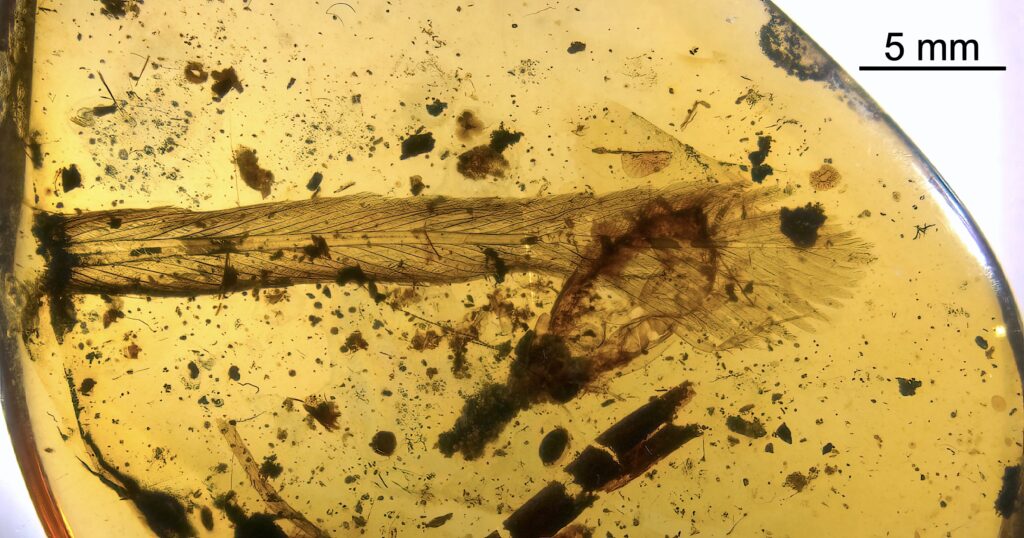Jun
18
Unwarranted Claim of Feather Evolution
“Misleading research like this is one important reason I have lost faith in the overblown claims of evolutionary biology. It‘s mostly smoke and mirrors.” — Günter Bechly, German paleo-entomologist and former curator at the State Museum of Natural History (SMNS) in Stuttgart
In a recent study on the origin of feathers, Rory L. Cooper and Michel C. Milinkovitch “injected chicken embryos with molecular triggers that changed the development of reticulate scales on chicken feet into that of ectopic feathers, which means that feathers developed at an abnormal place instead of scales.” The authors claimed that their “results indicate that an evolutionary leap — from scales to feathers — does not require large changes in genome composition or expression.” Or, as science writer Michelle Starr titled her Science Alert article on the study: “Tweaking Just a Few Genes Transforms Scales Into Feathers”.
Günter Bechly, a Senior Fellow with Discovery Institute’s Center for Science and Culture with a PhD in geosciences, calls this “hogwash”. Here’s why…

Bechly points out two hidden assumptions that the authors made. The first is, “Feathers are derived from transformed reptile scales.” This was a hot debate topic in evolutionary circles for some time, but Bechly runs through a few reasons why this hypothesis is no longer the mainstream, consensus position. (For example, different reptile groups have very different types of scales; feathers begin as hollow tubelike filaments and not as elongations of flat scales; many scientists are convinced that “significant morphogenetic and molecular differences” argue against mammalian hair and avian feathers evolving from reptilian overlapping scales.)
In fact, Eastern Kentucky University has an avian biology website that states:
“Feathers, then, are not derived from scales, but, rather, are evolutionary novelties with numerous unique features.”
The second assumption is, “The scales on bird feet are primary scales and not reduced feathers.” However, as Bechly explains, evidence continues to mount for the opposite conclusion. He quotes two studies, one of which states that “avian overlapping scales, which cover the feet in some bird species, may have developed later in evolution, being secondarily derived from feathers.” The more recent study elaborates, “These [theropod and mammalian] scales are commonly interpreted as primitive holdovers from reptilian ancestors, but palaeontological and genetic evidence suggests that they are secondarily derived from feathers or hairs.”
So, even from the standpoint of evolutionary biology, Cooper and Milinkovitch overshot and missed the boat (or some other, more appropriate and possibly less awkward turn of phrase). Bechly finishes out his article, saying (among other things),
“We can therefore safely conclude that the new study by Cooper & Milinkovitch (2023) is just the most recent example of overhyped science that only sounds impressive to the uninformed, who neither know that mainstream evolutionary biology no longer supports an evolution of bird feathers from reptile scales, nor know that the scales on bird feet are believed to be reduced feathers. So, it is hardly surprising that a simple mutation can change bird leg scales back into feathers….
In reality, the creation of feathers, which are the most complex integumental structures known in the animal kingdom, without doubt required *coordinated changes in numerous genes*.” [emphasis mine]
Bechly’s article, of course, provides more information, including links to various relevant studies. You might want to read it.















